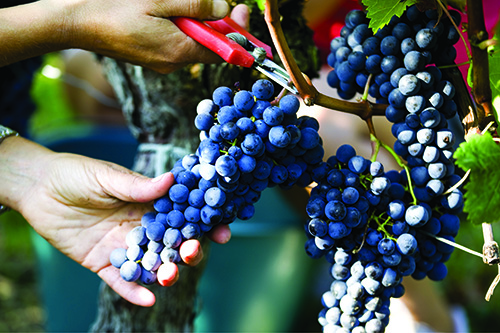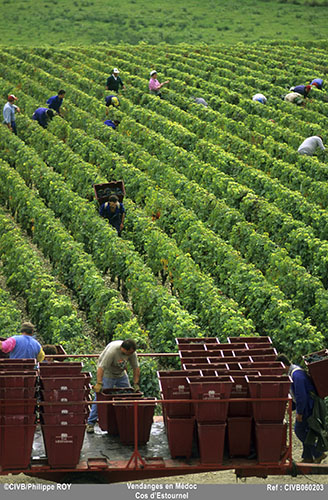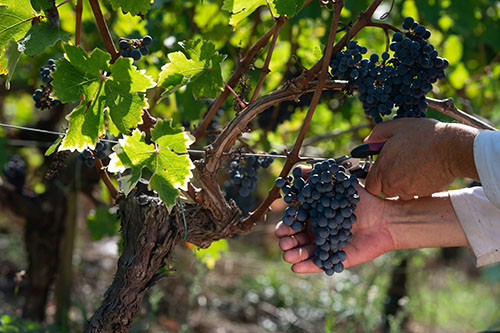September VENDANGES 2019 is started!
The first pruning shots were given on August 27th for Crémant de Bordeaux and the earliest white grape varieties. The weather of the year was rather mild for the Bordeaux vineyards, limiting in particular the pressure of diseases of the vine: few rains during the winter, exceptional sunshine in February and March. A 2019 vintage full of hope The calendar Climate change had an impact on the (earlier) harvest date of previous campaigns; this year, return to a more classic calendar. The first grapes harvested in Bordeaux, at the end of August, are destined to make Crémant: we are looking for freshness and acidity. At the same time, white grapes (particularly Sauvignon and Sémillon) were harvested to produce dry white wine. Harvesting black grapes, intended to produce red wines (89% of the vineyards in Gironde), will begin around September 20 by Merlot, the earliest planted mainly on the clay and limestone soils of the right bank. Then come the harvest of Cabernet (Cabernet Franc and Cabernet Sauvignon), more emblematic of the left bank. Finally, the grape harvest of botrytised grapes, to produce sweet and sweet wines, will continue until the end of October or early November, depending on the weather. Practices The mechanical harvest is the majority in Bordeaux. - development of intra-plot harvesting (harvest of plots in several stages, according to the desired maturity of the clusters); "It is with enthusiasm and excitement that we approach this stage of Bernard Farges, President of the Conseil Interprofessionnel du Vin de Bordeaux The volumes
After two vintages complicated by the bad weather (-40% of production in 2017 because of the frost, and a 2018 vintage marked by an exceptional late bloom pressure), the 2019 volumes should be in the ten-year average, around 5 million. hectoliters. But the weather in September (sunshine, heat and rainfall) will be decisive for both volumes and the quality of the 2019 vintage. |
|---|


